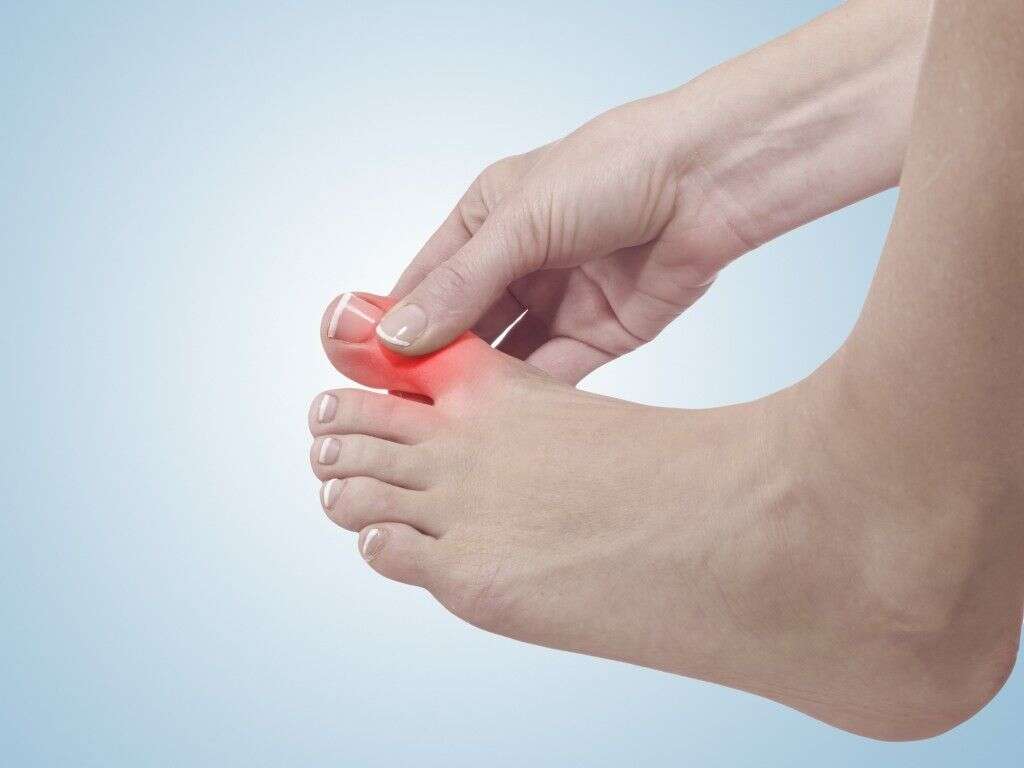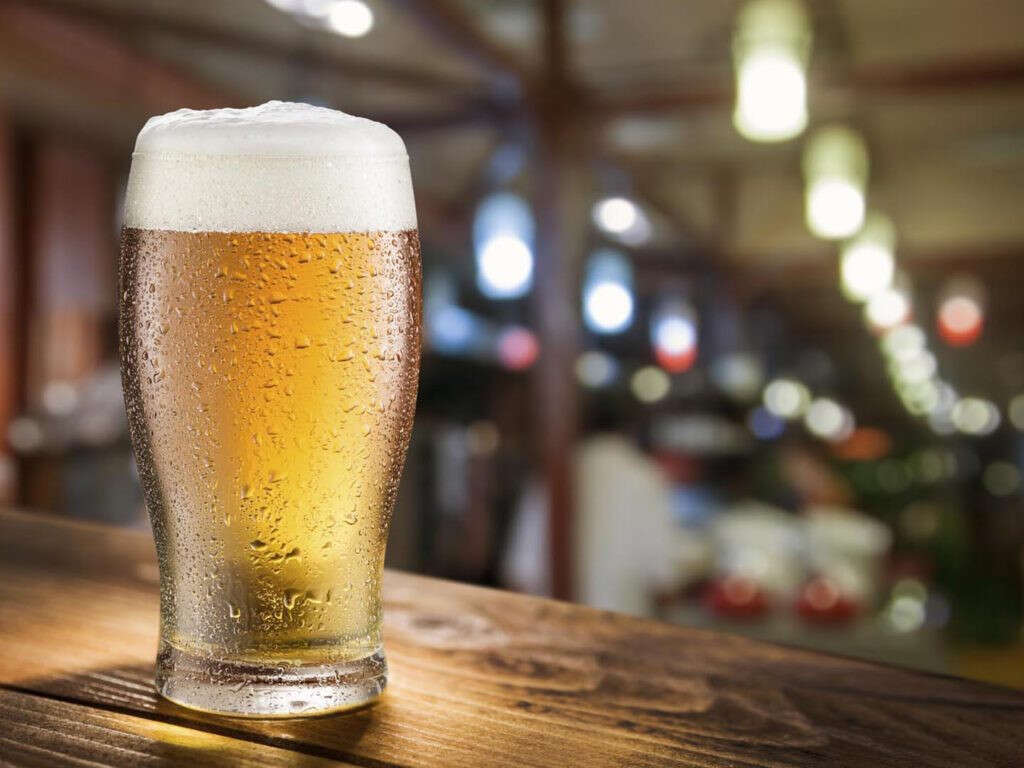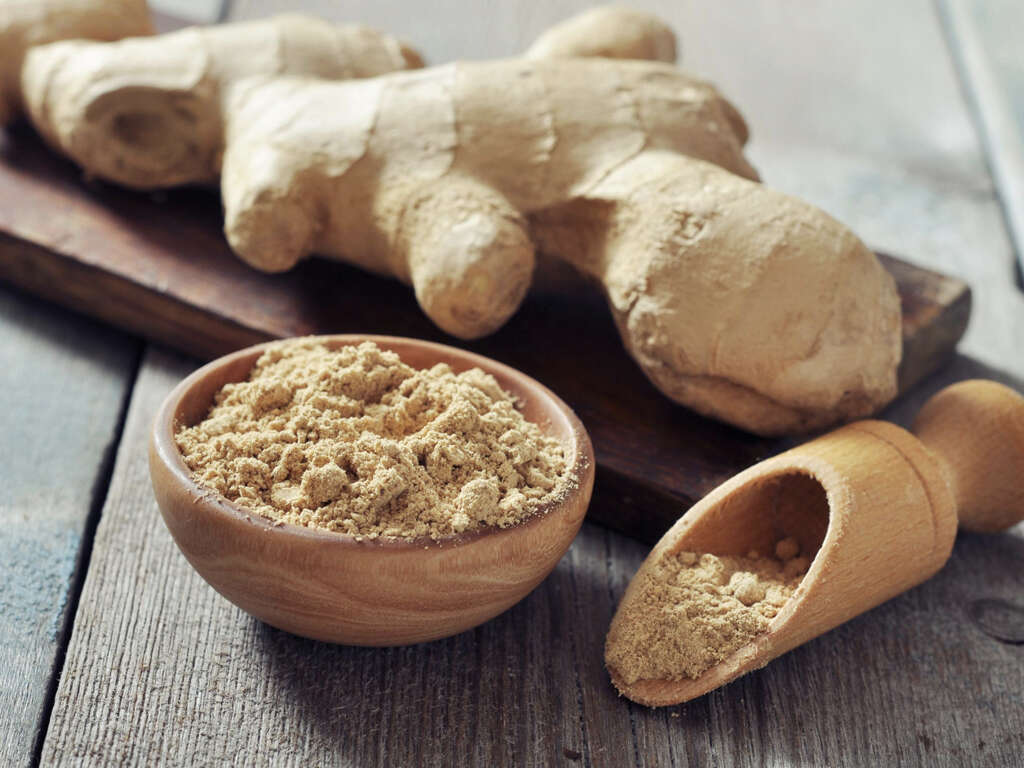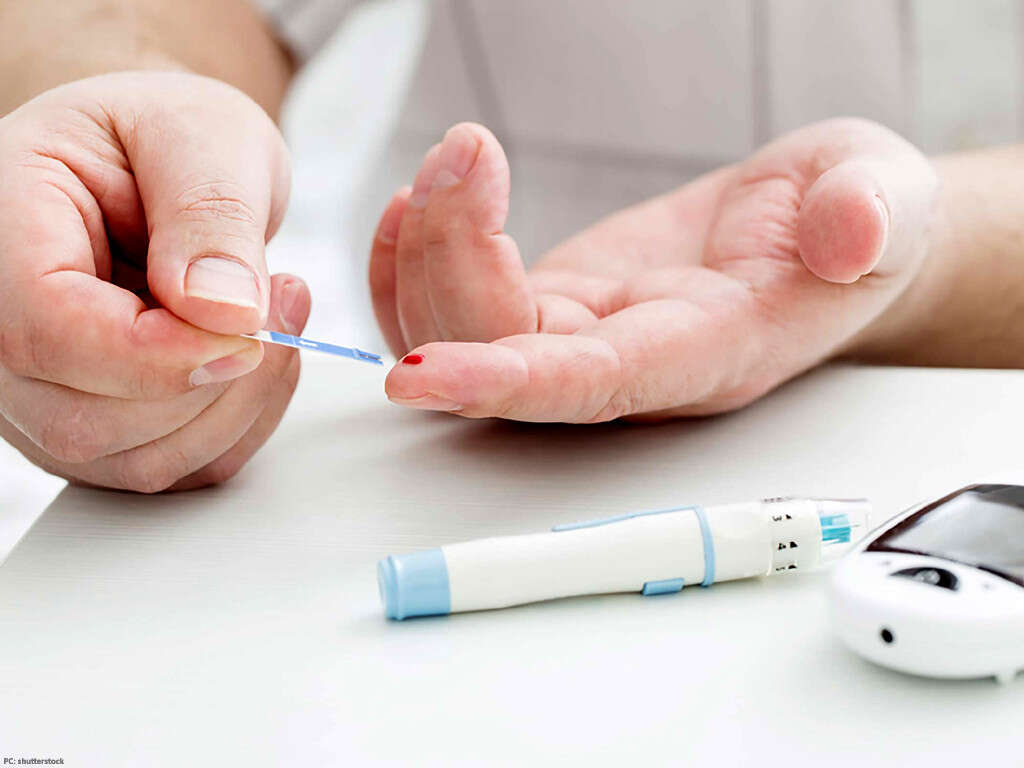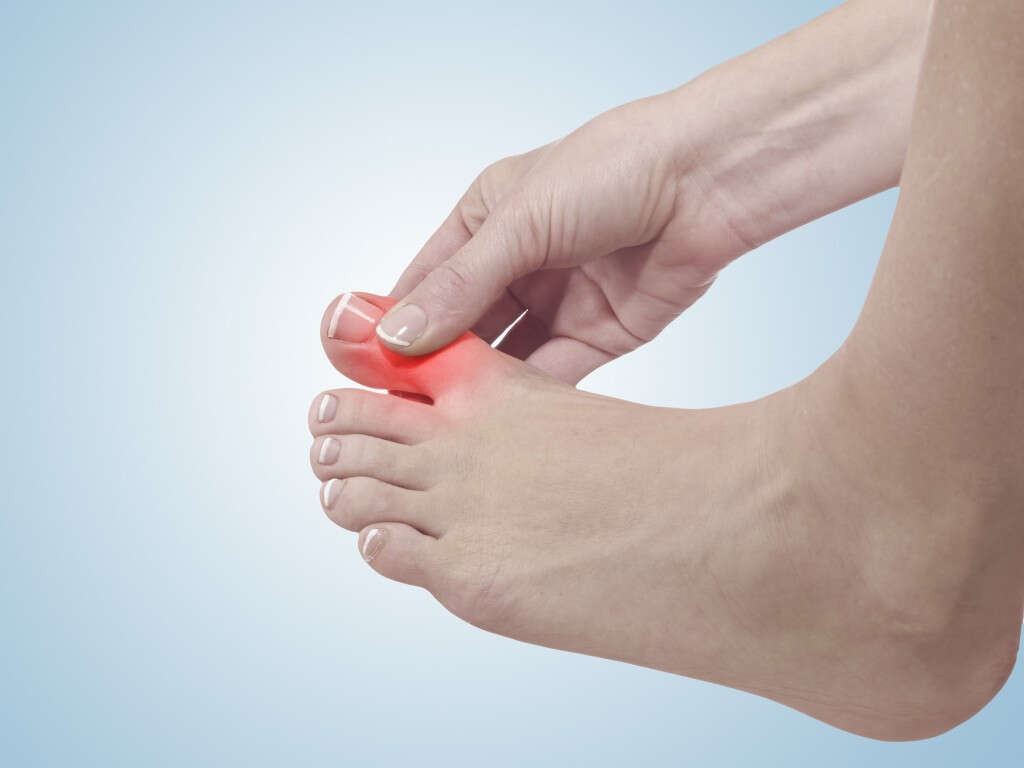What Is Gout?
Gout, also referred to as gouty arthritis, is a common form of arthritis that can affect adults, specially males. Patients with gout can experience recurrent, sudden and severe episodes of swelling, redness and pain in the joints. The main risk factor for developing gout is high uric acid levels in the blood (hyperuricemia). This disease is the result of the formation of uric acid crystals within the joint space and their deposition in soft tissue. If untreated, chronic gout can lead to joint destruction and renal damage.
Gout occurs in several stages: an asymptomatic stage, also called asymptomatic hyperuricemia, and acute gout. During the asymptomatic stage, there are no symptoms except for high uric acid levels in the blood. Acute gout attacks are usually triggered by acute changes or spikes in the levels of uric acid. This inflammation usually happens at night and intensifies over a period of 8 to 12 hours. The severity and duration of symptoms may vary, but on average these ease after a few days and disappear in 7 to 10 days. Gout symptoms may come and go, but there are ways to manage symptoms and prevent flares.
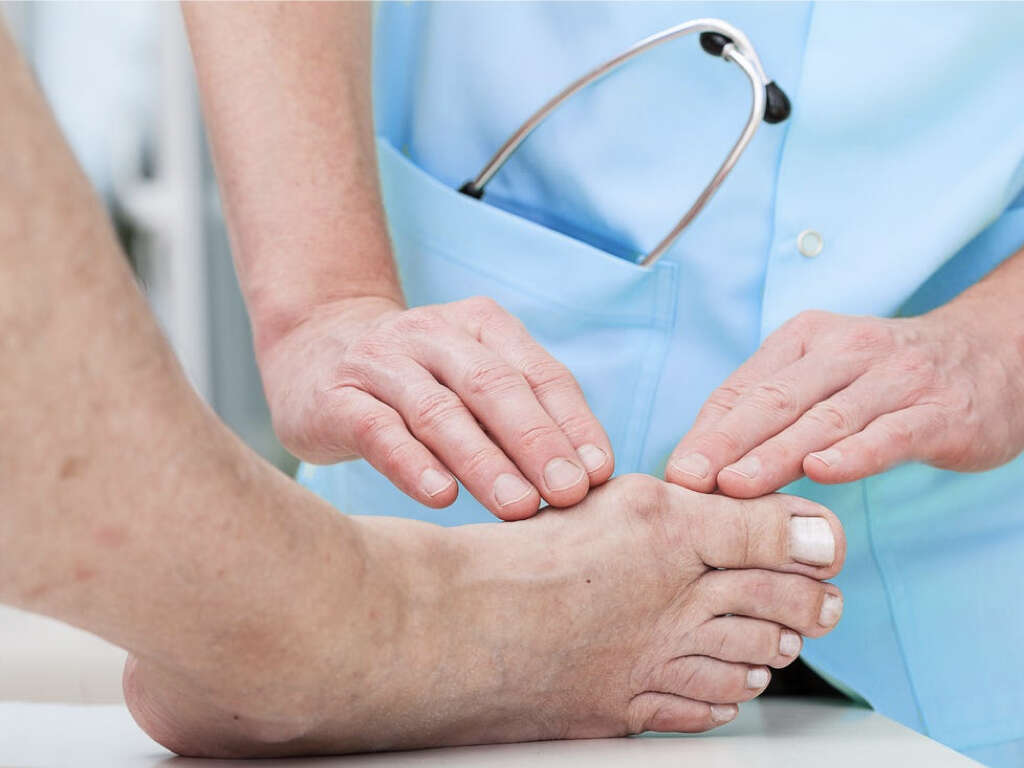
1. Symptoms of Gout
Although pain can occur in any joint, the big toe is the most affected. Also called podagra (not an exclusive term for gout), it’s the initial joint manifestation in 50 percent of cases, and eventually involved in 90 percent. Gout can also cause pain, swelling, warmth, redness, and tenderness in the inner arch of the foot, ankle, wrist, finger joints, and knee. This pain is most intense within eight to twelve hours of its commencement.
The disease most commonly involves one joint at a time (monoarticular), but polyarticular involvement (simultaneously or in succession) can also be seen. Even without treatment, the first attacks resolve in less than 2 weeks. It is common for the episodes to be intermittent and the joints to return to normal between attacks. Subsequent attacks are likely to last longer and affect more joints.
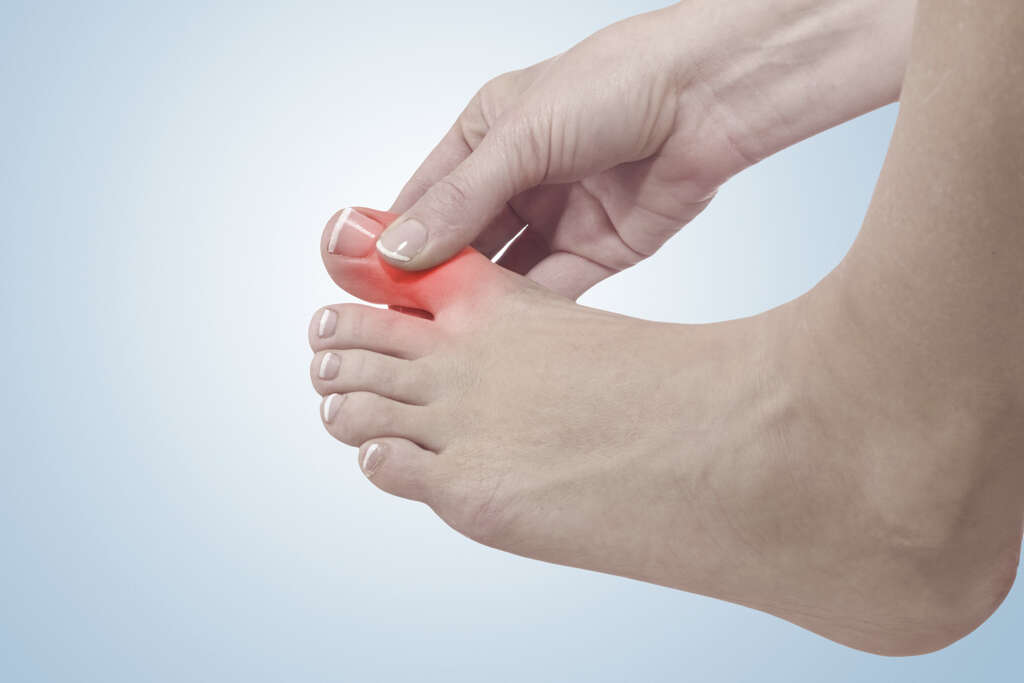
2. Causes of Gout
The major cause of gout is hyperuricemia, a condition caused by the overproduction or underexcretion of uric acid in the body. This is usually associated with alcohol overuse, dietary excesses and metabolic syndrome.
Certain conditions can also cause hyperuricemia (i.e. renal failure, genetic disorders). Medications that can cause hyperuricemia include loop and thiazide diuretics, and low-dose aspirin.
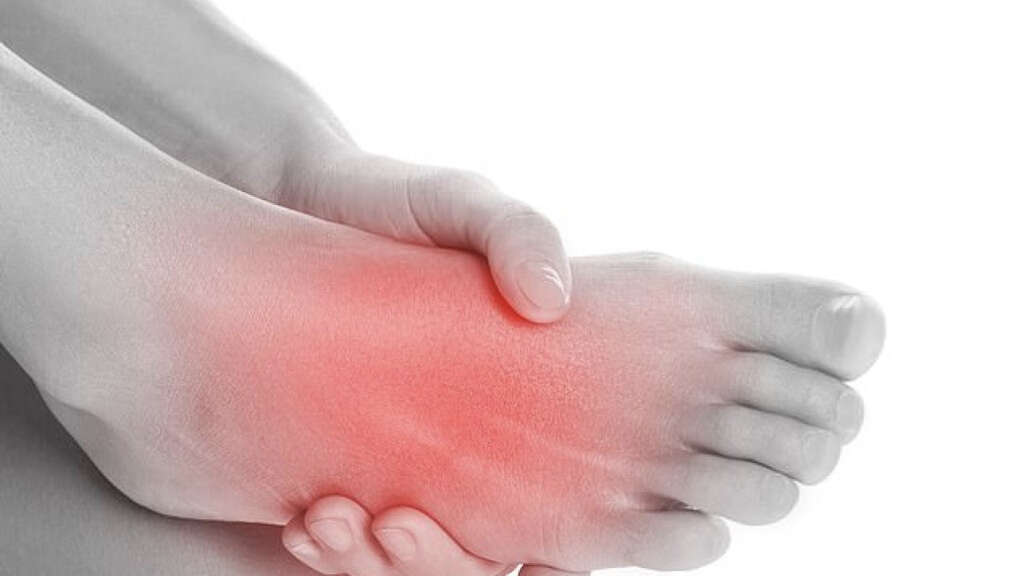
3. Dietary Causes
Besides the above causes, diet can also trigger gout attacks. This includes foods that are rich in purine such as red meats, organ meats (i.e. liver, kidney), certain fishes (i.e. anchovies, sardines), and alcohol consumption.
Foods rich in fructose and beverages with high-fructose corn syrup are associated with an increased risk of gout. Inadequate water intake that leads to dehydration can also trigger gout flares.
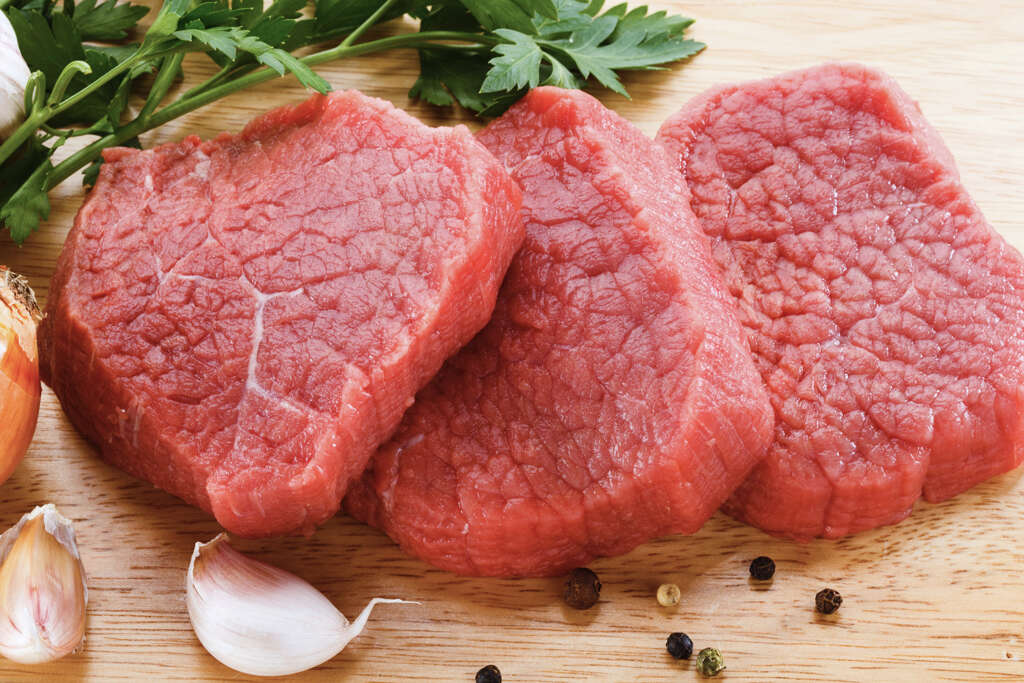
4. Gout and Chronic Diseases
Gout is associated with some chronic conditions, especially chronic kidney disease (CKD).
In addition to kidney disease, other chronic diseases are associated with higher incidence of gout including hypertension, diabetes mellitus, hypertriglyceridemia and hypercholesterolemia.
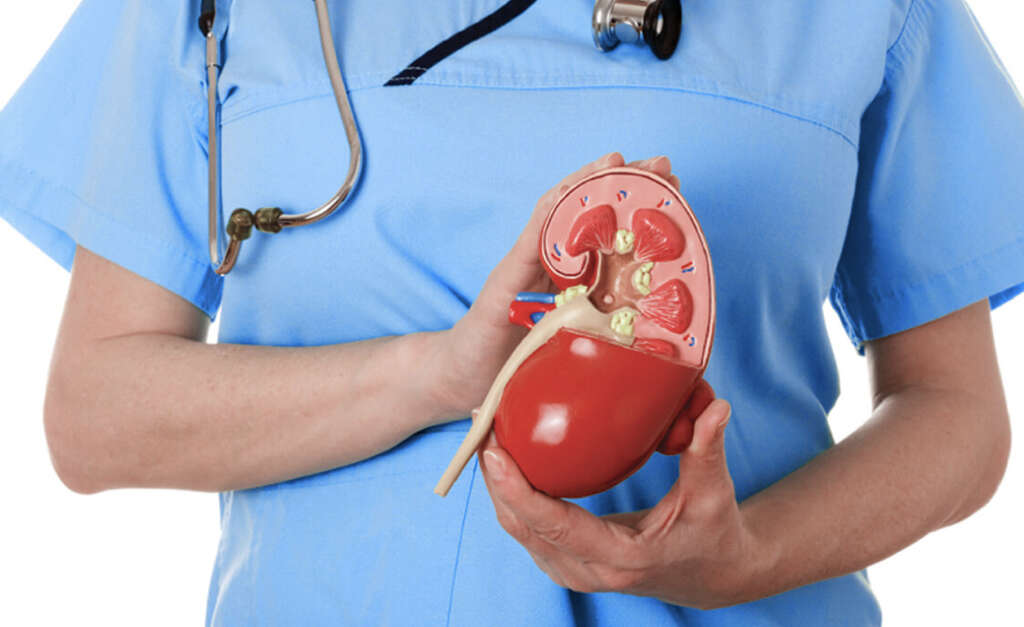
5. Complications of Gout
If gout remains unmanaged, it will cause damage and deformity of the joints as a result of gout-induced arthritis. This phenomenon causes bone erosion and loss of cartilage, which in turn leads to loss of mobility and compromised range of motion.
In the longer term, bone loss and deposits of chalky lumps under the skin referred to as tophi may occur. Kidney stones may also develop as a result of crystallization of uric acid. This can interfere with normal functions of the kidney, and hence, lead to chronic kidney disease, which may lead to kidney failure.

6. Disease Process
In ideal circumstances, excess uric acid is excreted by the kidneys in urine, hence adequate hydration is necessary to help dissolve it and excrete it. However, in some instances, the body produces too much, or the kidneys excrete too little.
This causes uric acid to buildup and precipitate to form sharp needlelike crystals in joints and surrounding tissue. This causes pain, inflammation, and swelling in the affected body parts. It is worth noting that not all cases of hyperuricemia lead to gout.
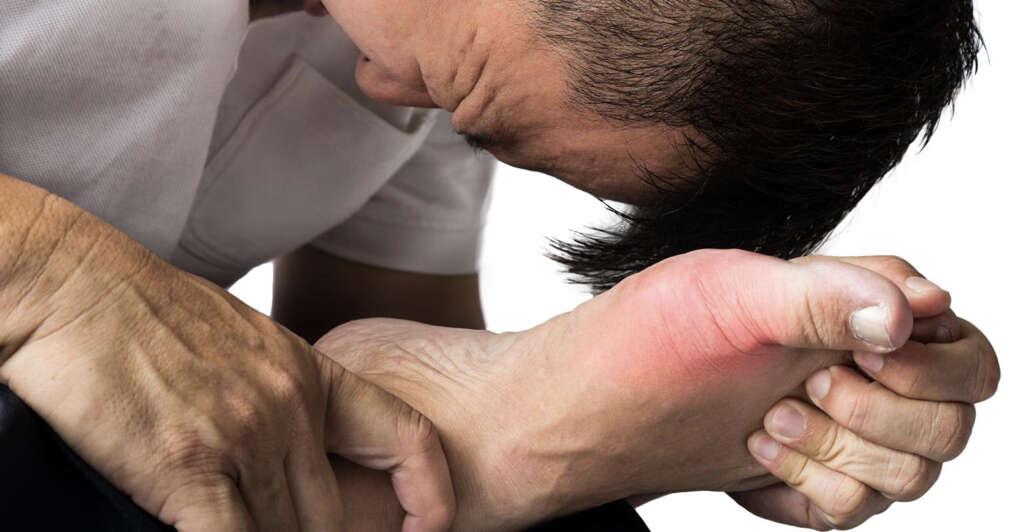
7. Easing Gout with Diet
Eating a healthy diet can help prevent flare ups. Avoid red meats, organ meats, seafood, and limit alcohol intake (hard liquor and beer).
Adequate hydration is also important because it aids in metabolism and eventual excretion of excess uric acid. Additionally, losing weight (specially in obese patients) will go a long way in relieving pressure on the joints.
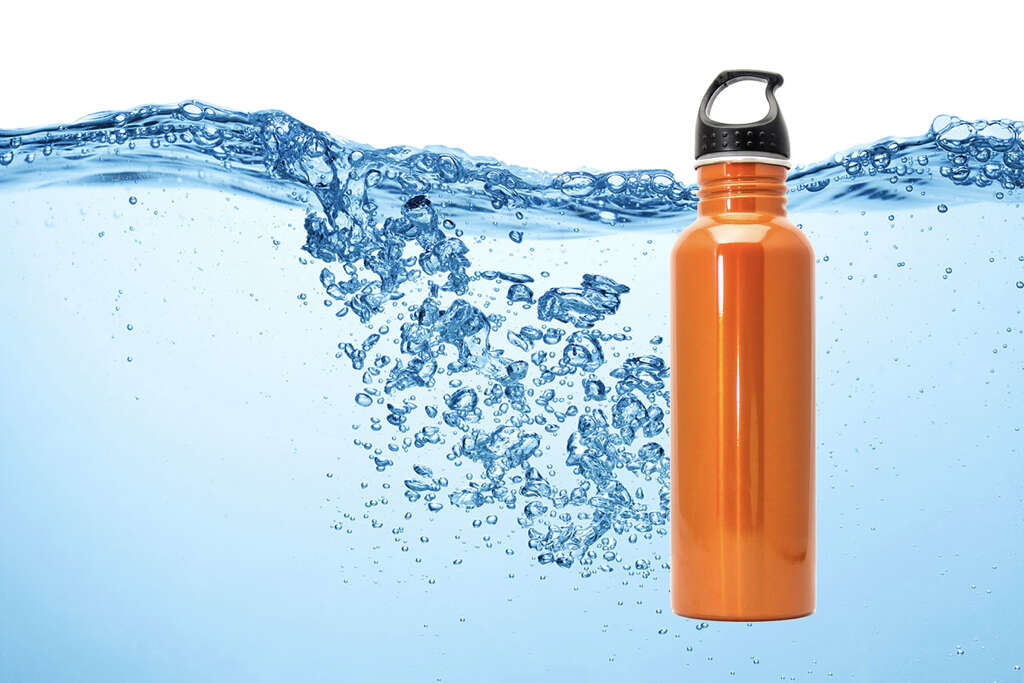
8. Diagnosis
Diagnosis of gout is done during a flare-up when the joint is swollen, hot, and painful. Tests include joint aspiration, or drawing fluid from the joint with a needle, and fluid analysis.
A blood test may also be used to measure creatinine and uric acid levels in blood, though hyperuricemia is not diagnostic of gout. Imaging, via x-ray images, ultrasound, and dual energy CT scans, is also used in the diagnosis of gout.

9. Treatment
Medication is usually used to treat acute attacks of gout, prevent future attacks, and alleviate possible complications, especially the buildup of monosodium urate crystals around joints. Gout medications for acute attacks include high doses of nonsteroidal anti-inflammatory drugs or NSAIDS (i.e. indomethacin) to relief pain and inflammation. Other medications include colchicine, which is currently rarely indicated. Corticosteroid drugs are prescribed for patients who cannot use NSAIDs or colchicine.
Long-term management of gout is very important. It is focuses on maintaining low uric acid levels (i.e. Allopurinol, Febuxostat, Probenecid). Importantly, treatment to control the underlying hyperuricemia is contraindicated until the acute attack is managed.
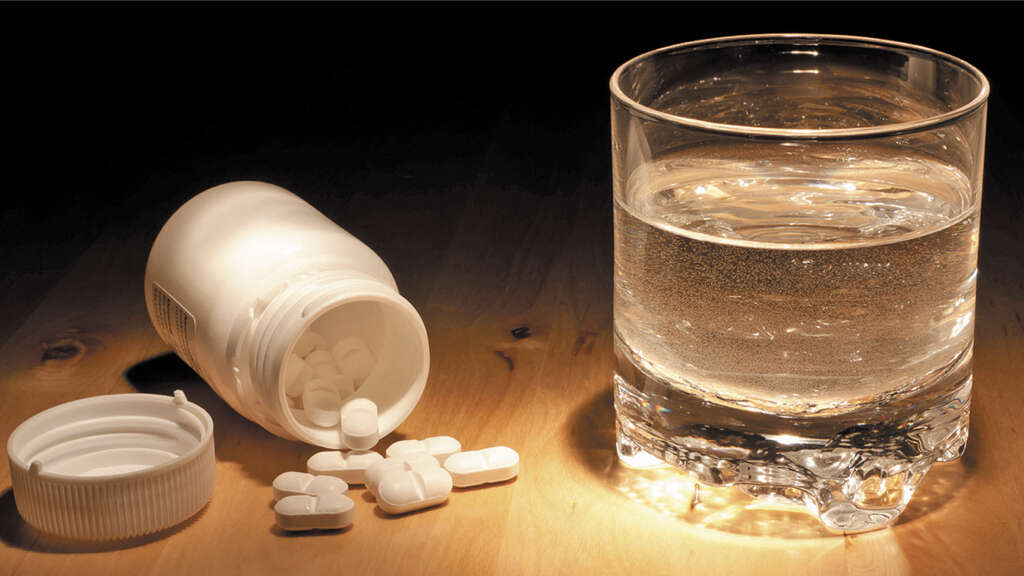
10. Long-Term Outlook
Early and timely diagnosis of gout ensures that the patient leads a normal life. In cases where gout has progressed, lowering blood uric levels is important to aid in improving joint health and avoid development of tophi. Avoiding foods that are high in purines and exercising regularly to maintain a healthy weight are measures that offer a positive outlook for a person suffering from gout.
Intake of foods known to lower uric acid levels, such as coffee and foods rich in vitamin C, is also recommended. It is important to manage gout promptly to avoid the involvement of other joints which will occur if left untreated.




